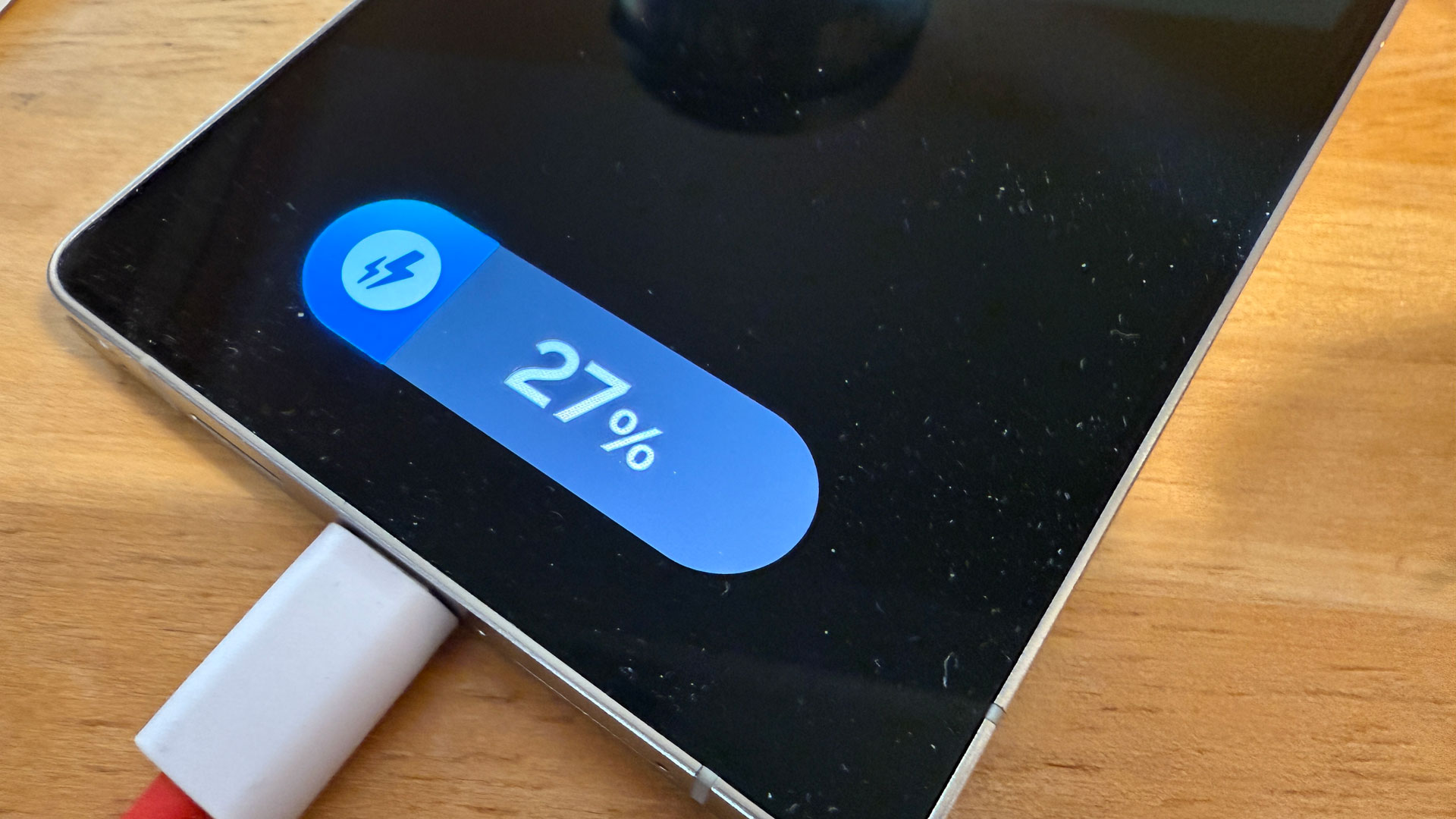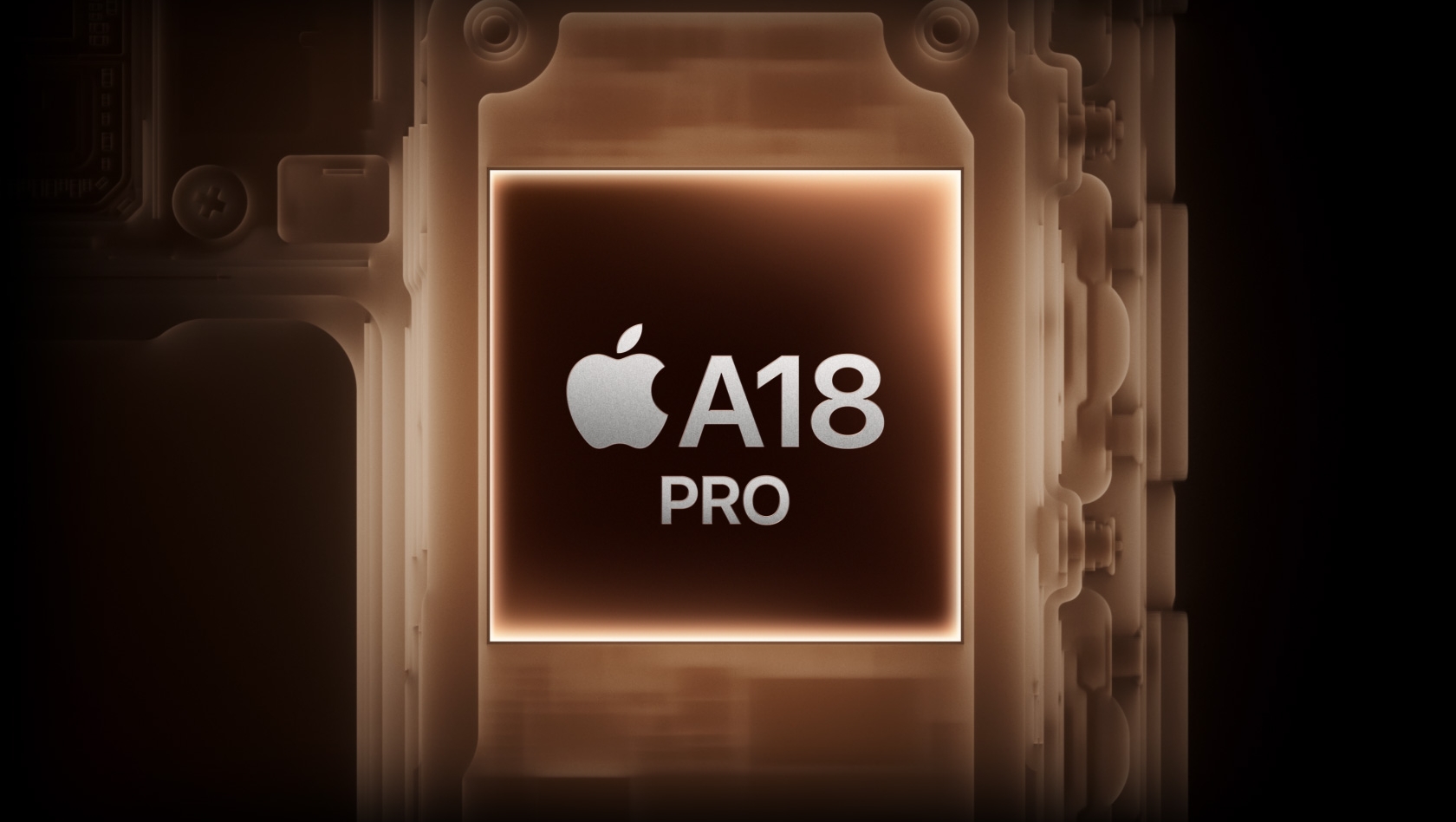Buying a phone is a daunting process. With so many models and countless tech specs, picking the right phone can be a challenge. Our selection of the best phones to buy right now can help, but sometimes I just offer a quicker checklist when people ask me what phone to buy.
In my role as Mobile Computing Writer here at TechRadar, I’m constantly checking and comparing the various specs and features of phones on the market, but when it comes time to buy a phone for myself, here are three key things I look for.
The camera is most important
Whenever I’m looking for a new phone, I’ll always take a look at the camera specs, and – if possible – have a play around with the camera app in a retail environment.
Due to the cost and technical precision required to fit a phone with a great camera system, expensive phones usually come equipped with significantly more advanced cameras than their cheaper counterparts.
That’s reflected in our list of the best camera phones, which features appearances from the iPhone 16 Pro Max, Samsung Galaxy S25 Ultra, and Google Pixel 9 Pro among others.
However, there are some great mid-range options for photography too, like the OnePlus 13R or Nothing Phone 3a Pro. It all comes down to your needs – want great quality zoom? Pick a phone with a telephoto lens. Just want a great pic for Instagram? A high-resolution sensor might be what you’re after.
I’d actually recommend trying to test a phone’s camera, or at least looking at some sample photos, whether you care about specs or not. It’s likely your phone will be your most-used camera for the time you have it – you’ll want to know how your captured memories are going to look before making a decision.
Battery life is key to enjoying a phone

Battery life is a crucial measure of a phone’s usefulness. I’m always on the lookout for a phone that can last a full day – with today’s large, high resolution displays and powerful chips, that typically means a battery capacity of 4000mAh or more.
In this context, mAh means milliamp hours, a measure of how much energy a battery can store. Some high-end flagship phones, like the OnePlus 13 and Motorola Edge 60 Pro, sport 6,000mAh batteries, though mid-range phones usually sport capacities between 3,500mAh and 4,500mAh.
Battery life varies by use, so it’s also a good idea to check out our phone reviews for real-world battery testing.
Thanks to new technologies, phone batteries are developing quickly when compared to some other mobile components.
With certain phones, especially ones from Chinese brands, you may hear about silicon-carbon batteries. These use a different chemical composition than typical lithium-ion batteries, allowing them to store more energy in a single charge. It’s not a mainstream technology yet, but it’s something to look out for as the tech gets more popular.
The chipset will determine how the phone performs for years to come

A chipset is like a phone’s brain. Every bit of processing and graphics computing is handled by the system-on-a-chip (SoC), and with phones taking on increasingly heavy workloads in the age of AI, it’s important to pick a chipset that can handle your needs. (A processor is technically part of a chipset, but sometimes you’ll hear people refer to a chip as a processor.)
As mentioned, most phones can handle day-to-day tasks like email, web browsing, and social media. If you want to throw lighter gaming and AI into the mix, then most modern mid-range phones sport enough power to get you started.
For the heaviest tasks – like intensive multitasking, working with video and audio, high-intensity AI, and console-quality gaming, you’ll want a proper flagship chipset. Apple’s A18 Pro is found in the iPhone 16 Pro and iPhone 16 Pro Max, while the Qualcomm Snapdragon 8 Elite or MediaTek Dimensity 9400 can be found in the best Android phones.
There are a wide variety of chipsets available from various manufacturers – too many to list here. In general, power scales with price.
So, there you have it – the three key points I look for when buying a new phone. These are my personal picks, but be sure to go with the phone that best suits your needs when it’s next time for an upgrade. Let us know what you look for in a new phone in the comments below.


